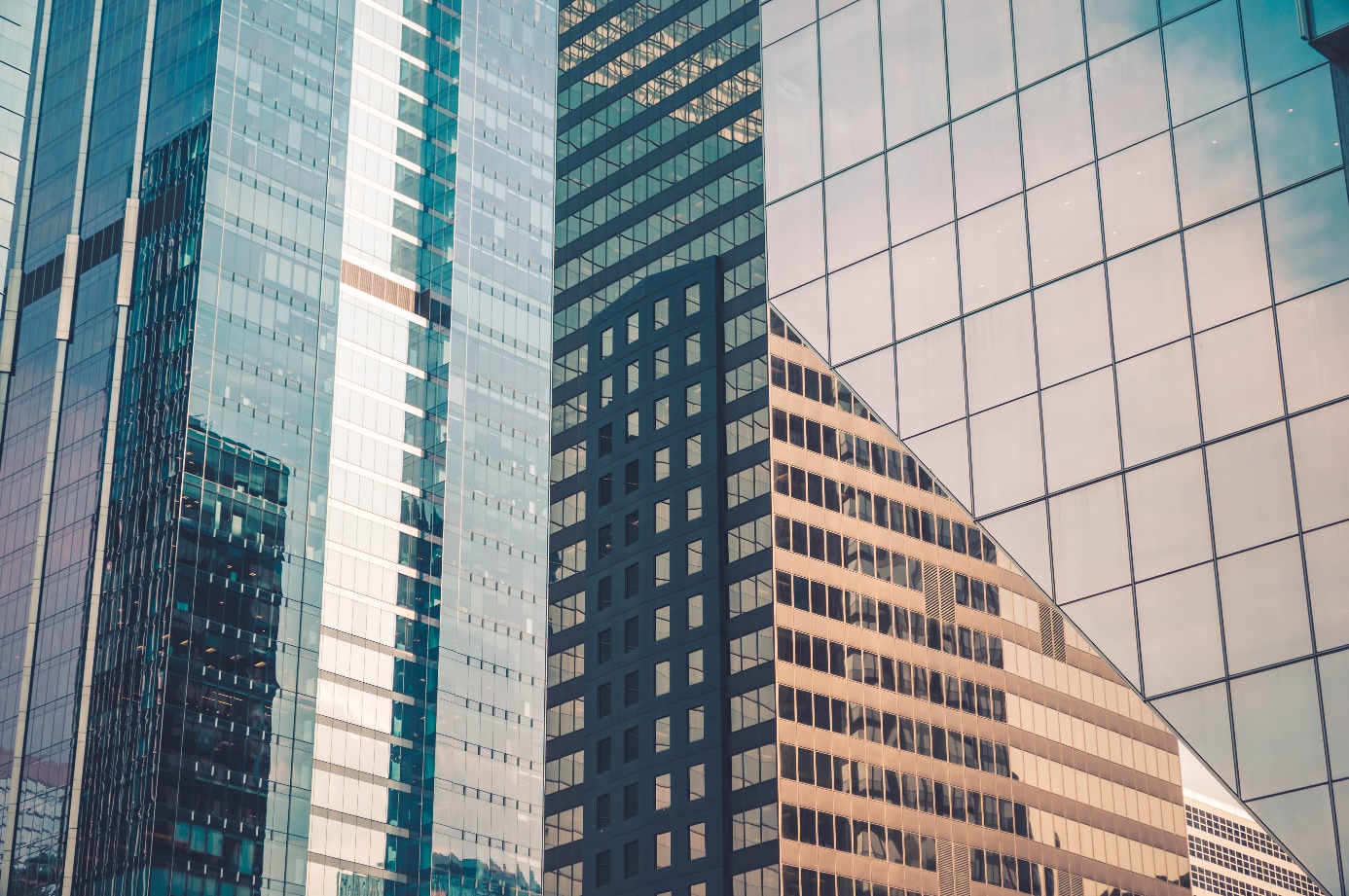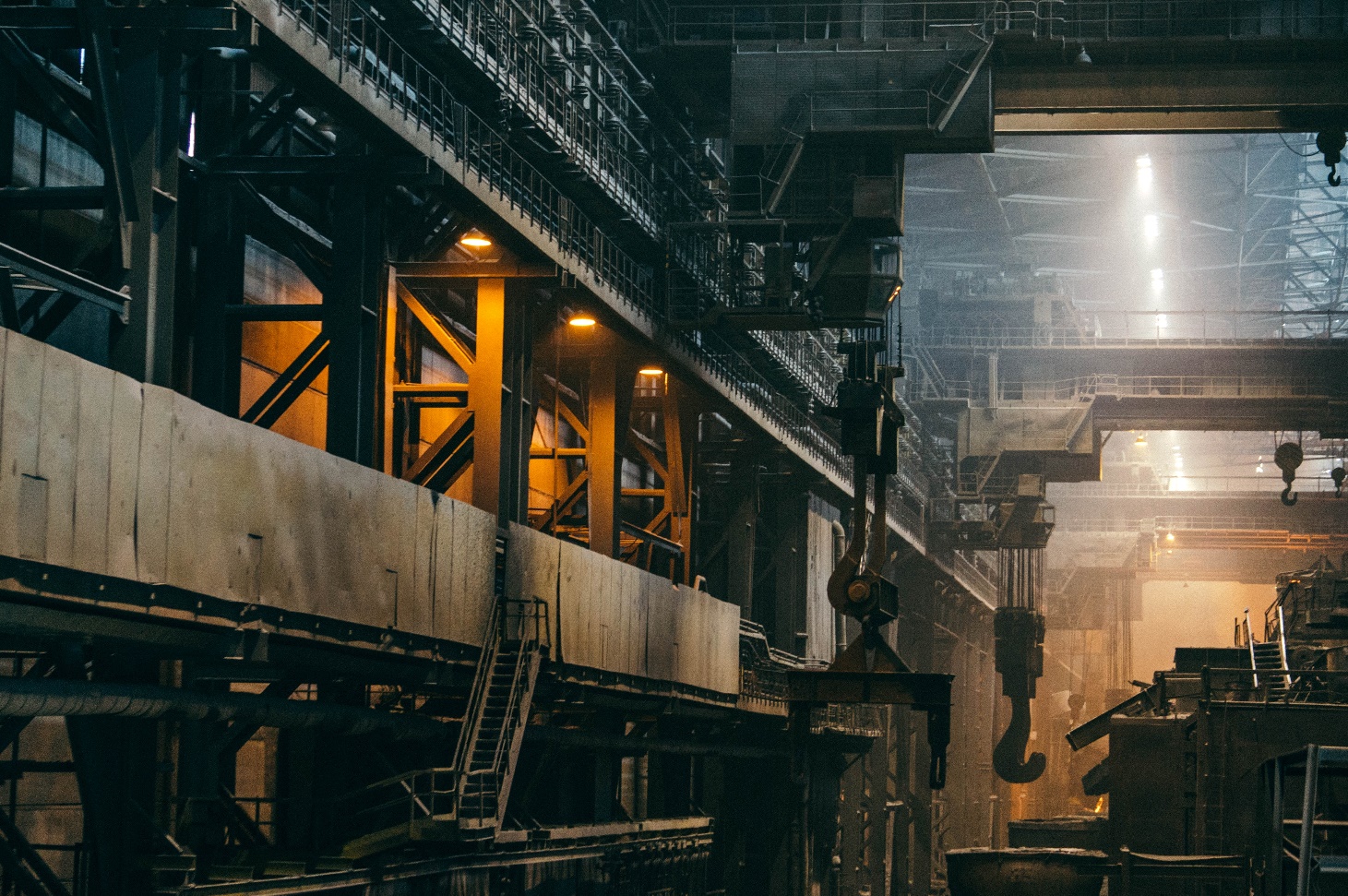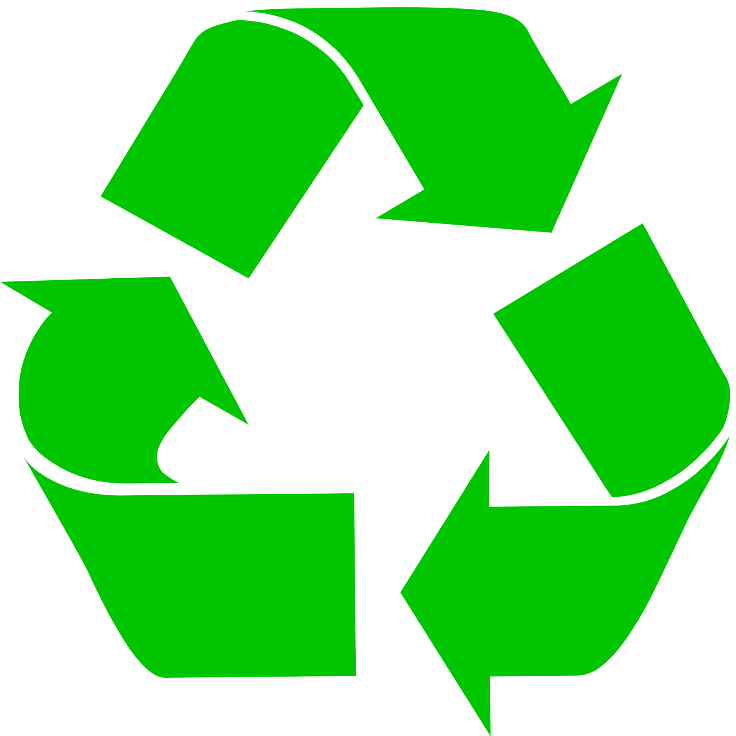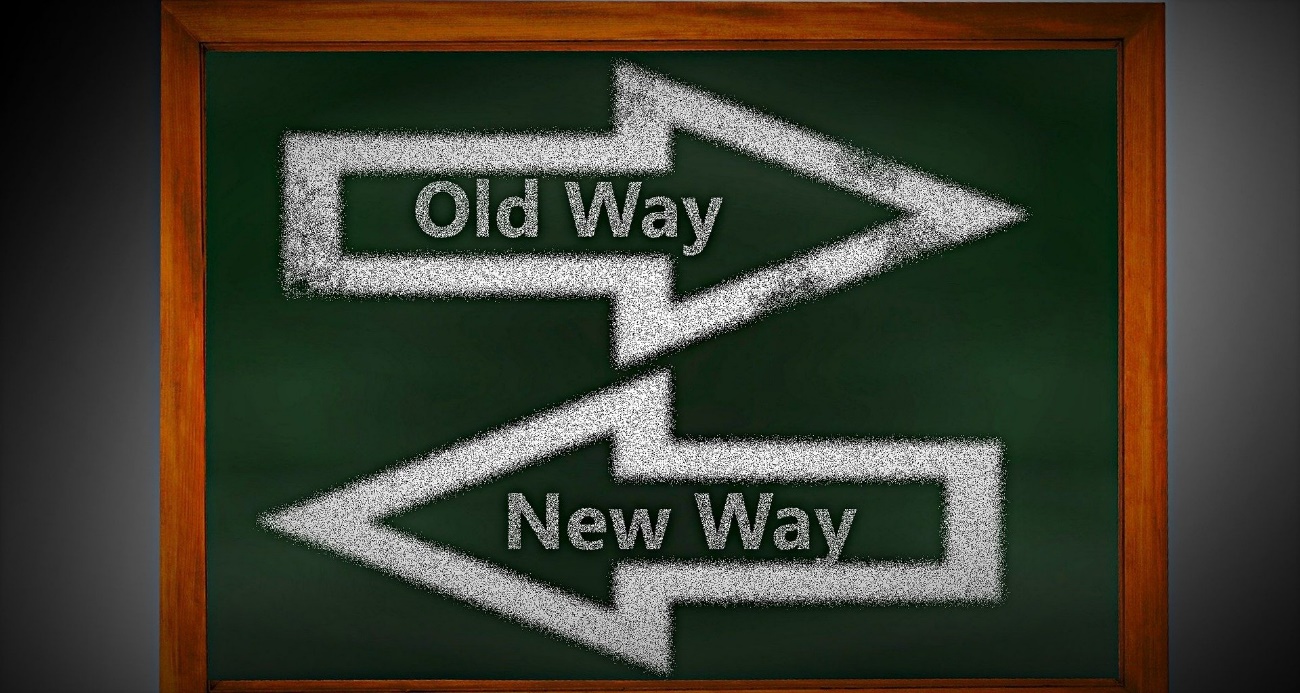Care este aplicarea economiei circulare în modelul de afaceri pentru dezvoltare sustenabilă?
Termenul „model de afaceri” este relativ nou. Anterior, subiectul a fost tratat marginal, dar pe parcursul secolului al XX-lea și începutul secolului XXI cercetările pe această temă au fost efectuate la scară mai largă. Scopul a fost găsirea unor trăsături comune ale companiilor care să le asigure o creștere permanentă a valorii.
Inițial, cercetarea a încercat să definească care sunt modelele de afaceri – acestea urmau să fie o combinație între strategia de dezvoltare a unei companii și o organizare adecvată a proceselor, care să conducă la punerea în aplicare a acestei strategii. În prezent, lucrurile sunt văzute într-un mod puțin diferit. Modelul de afaceri, conform lui Osterwalder și Pigneur, este un set de decizii strategice care definesc modul în care o organizație creează, comunică și capătă valoare prin activități interne și relații cu părțile interesate, inclusiv furnizorii și clienții.
Pentru a realiza acest lucru, firma are nevoie de o strategie adecvată bazată pe colectarea de resurse transformate ulterior într-un produs finit ce reprezintă o sursă de venit pentru companie și, în același timp, o bază pe care să se construiască relația companie-client. Esența sistemului economic modern este multiplicarea capitalului datorată creșterii volumului resurselor utilizate și circulației mai rapide a acestora în procesul de producție. Condiția pentru funcționarea unui astfel de sistem este absorbția de noi zone, căutarea de noi surse de energie, materii prime, resurse umane sau stimularea progresului tehnologic [1].

Sursa: https://unsplash.com/photos/3rNvnnO7avY
Perioada de industrializare globală a fost caracterizată prin creșterea eficienței în utilizarea materialelor și a energiei. De la începutul secolului al XX-lea s-a putut observa o scădere semnificativă a intensității energetice (0,68% pe an) și a consumului de materiale pe unitate de produs (chiar 1% pe an). Totuși acest lucru nu a contribuit la o reducere a consumului.
Se remarcă faptul că, în prezent, creșterea economică, văzută până acum ca o măsură universală pentru rezolvarea tuturor dificultăților, devine sursa celor mai mari probleme ale lumii. Imperativul de creștere este determinat de modelul economic, care se rezumă la o creștere constantă a ritmului și volumului producției și consumului. Acest lucru duce la o serie de consecințe negative, inclusiv la epuizarea resurselor naturale, reducerea biodiversității sau generarea de fluxuri tot mai mari de deșeuri.
Modelul liniar de creștere economică (luare – folosire – aruncare) pe care se baza în trecut nu mai este potrivit nevoilor societăților moderne într-o lume globalizată. În prezent, cel mai popular model este modelul economiei circulare, despre care apar din ce în ce mai multe publicații, despre care se vorbește mult și care devine și un fel de exemplu de întreprindere responsabilă [2].

Sursa: https://unsplash.com/photos/SLIFI67jv5k
Economia circulară este un tip de economie în care valoarea produselor, materialelor și resurselor este menținută cât mai mult timp, iar generarea de deșeuri se păstrează la minimum. În acest sens, poate fi definită ca fiind sustenabilă, cu emisii reduse de carbon, eficientă din punct de vedere al resurselor și competitivă. Principalele sale ipoteze sunt axate pe soluționarea conflictului legat de consumul excesiv de resurse, iar accentul se pune pe reutilizarea, reconstruirea constantă și folosirea a ceea ce este regenerabil. Este deci o tranziție de la așa-numitul „de la leagăn la mormânt” (from cradle to grave) la cel numit „de la leagăn la leagăn” (from cradle to cradle). Se bazează pe patru principii fundamentale: reducerea produsului, refolosirea lui, recuperarea produsului și reciclarea acestuia la sfârșitul perioadei de utilizare efectivă. Astfel, în economia circulară, s-a presupus că valoarea materialelor și a energiei folosite pentru fabricarea produselor va fi menținută pe tot parcursul lanțului valoric pentru perioada optimă, iar deșeurile rezultate (dacă există) sunt o potențială materie primă.
Conceptul de economie circulară se bazează pe presupunerea că este un ciclu de dezvoltare continuă. Acesta păstrează și îmbogățește capitalul natural, optimizând în același timp randamentul materiilor prime și minimizând riscul sistemic prin gestionarea eficientă a fluxurilor de materiale. Lucrul important aici este să se asigure condițiile pentru crearea mai multor locuri de muncă utilizând și irosind mai puține resurse decât în prezent. Prin urmare, se consideră că tranziția către o economie circulară duce la creșterea competitivității și a inovării prin stimularea noilor modele de afaceri și a noilor tehnologii și poate facilita inovarea socială.
Premizele conceptului de economie circulară au apărut în politica și strategia UE deja în cel de-al șaselea Program de Acțiune pentru Mediu al Comunității Europene. S-a subliniat importanța activităților de promovare a gestionării raționale a resurselor naturale și a gestionării adecvate a deșeurilor, subliniind necesitatea dematerializării economiei, a creșterii eficienței resurselor și a reducerii cantității de deșeuri generate. În Europa, introducerea principiilor implementării economiei circulare în politicile și strategiile UE a început din 2014, indicând clar că modelul economic ar trebui adaptat la economiile statelor membre. Economia circulară a fost descrisă ca o strategie de dezvoltare care permite creșterea economică, optimizând în același timp consumul de resurse, transformă profund lanțurile de producție și modelele de consum și reproiectează sistemele industriale [3].

Sursa: https://pixabay.com/pl/illustrations/recyklingu-recykling-znak%c3%b3w-odpady-1341372/
În ciuda numeroaselor avantaje și a caracterului său orientat spre viitor, economia circulară nu se află încă în centrul practicilor generale de management. Este foarte greu să convingi investitorii că utilizarea acestui tip de proiecte va fi sustenabilă. În stadiul actual, nu există încă o bază de date cu experiențele istorice descrise care să arate direct și incontestabil eficacitatea utilizării acestui tip de practică. Antreprenorii mai sunt descurajați și de o serie de reglementări administrative [4].
Deocamdată, singurul factor care încurajează unele companii să introducă economia circulară în operațiunile lor este presiunea etică. Organizațiile de mediu și conștientizarea crescândă a oamenilor cu privire la necesitatea de a avea grijă de mediul înconjurător constituie o forță de presiune semnificativă care determină companiile să își schimbe modelul de operare.
Cu toate acestea, modelul de evaluare economică, axat pe rate de rentabilitate pe termen scurt, este încă dominant. Aceasta face dificilă înlocuirea evaluării eficienței economice cu abordări ecologice și economice mai ample.
Cât de greu este să convingi investitorii să extindă criteriile pentru plasarea capitalului dincolo de eficiența economică bazată pe prețurile curente de piață este evidențiat de comparațiile indicilor bursieri, care nu relevă clar avantajul evaluărilor întreprinderilor care declară dezvoltare durabilă față de întreprinderile orientate tradițional. Ideea unei întreprinderi care reconciliază creșterea economică cu respectul pentru valorile de mediu și sociale intră treptat în curentul general și se manifestă, de exemplu, prin noi modele de afaceri, inclusiv modele bazate pe economie circulară.
O dificultate suplimentară cu care se confruntă antreprenorii în acest caz este necesitatea de a reconcilia eficiența economică cu limitările fizice rezultate din reciclare. Conceptul de economie circulară este mai ușor de analizat și implementat la nivel macro și mezo economic atunci când este vorba de sistemul economic în ansamblu. Un astfel de nivel permite extinderea calculului economic cu costuri sociale, care de multe ori depășesc sfera de influență asupra deciziilor companiei. De asemenea, la nivel macro și mezo, au o importanță mai mare deciziile administrative care fac posibilă atingerea unor obiective greu de realizat prin mecanismul pieței [5].

Sursa: https://pixabay.com/pl/illustrations/deska-strza%c5%82ki-tarcza-uwaga-zmiana-978179/
Însă conceptul de economie circulară se bazează pe o ipoteză complet diferită. Scopul său este ciclul de dezvoltare continuă și îmbogățirea capitalului natural, optimizând în același timp randamentele materiilor prime și minimizând riscul sistemic prin gestionarea eficientă a fluxurilor de materiale. Economia circulară are 5 caracteristici fundamentale:
- Deșeurile sunt „proiectate”. Obiectivele economiei circulare includ eliminarea sistemică a deșeurilor. Materialele tehnice precum polimerii, aliajele și alte produse ale activității umane ar trebui concepute astfel încât să poată fi recuperate, recondiționate și îmbunătățite. Acest lucru va reduce consumul de energie și va maximiza păstrarea valorii (atât din punct de vedere economic, cât și din punct de vedere al resurselor).
- Diversitatea creează putere. Într-o economie ecosistemică, dimensiunea sectoarelor individuale trebuie să fie echilibrată. Acest lucru este similar cu schimbările de mediu determinate de biodiversitate și creează condiții pentru dezvoltarea pe termen lung.
- Economia folosește energie din surse regenerabile. Deoarece economia circulară încearcă să decupleze utilizarea resurselor și să sporească rezistența sistemului economic, energia folosită ar trebui, prin natura sa, să fie regenerabilă.
- Gândirea sistemului este esențială. Întreaga lume este alcătuită din mai multe sisteme. Ele constau din elemente precum companii, oameni, mediu și natură, toate fiind strâns legate și interacționând între ele. Eficacitatea schimbărilor către o economie circulară este determinată de luarea în considerare a tuturor acestor dependențe și a consecințelor rezultate.
- Prețurile sau alte mecanisme de feedback reflectă costurile reale. Într-o economie circulară, prețurile acționează ca niște indicatori. Eficacitatea lor depinde de capacitatea de a reflecta toate costurile, inclusive cele ale externalităților negative [6].

Sursa: https://unsplash.com/photos/OTDyDgPoJ_0
Discuțiile despre economia circulară au loc peste tot în lume, iar în prezent este unul dintre cele mai importante subiecte din domeniul afacerilor. De fapt, creșterea unei companii poate fi accelerată prin strategii orientate spre repararea și reînnoirea produselor sau înlocuirea acestora cu servicii (crearea de valoare suplimentară în produsele și serviciile existente), adăugând valoare produselor prin introducerea de modificări ale designului sau funcționalității (creșterea inovației produselor și serviciilor), precum și utilizarea adecvată și cea mai eficientă a resurselor, ceea ce duce la reducerea costurilor de exploatare [7].
Tranziția către o economie circulară necesită schimbări la nivelul fiecărei verigi a lanțului valoric, de la proiectarea produsului la noi modele de afaceri și de piață, de la noi modalități de a transforma deșeurile în resurse la un nou comportament al consumatorilor. Aceasta implică o schimbare sistemică completă și inovare nu numai în tehnologie, ci și în organizare, conștientizare publică, metode de finanțare și politică. Se estimează că îmbunătățirea economiilor de resurse de-a lungul lanțului valoric ar putea reduce necesitatea unor resurse materiale cu 17-24% până în 2030, iar o mai bună utilizare a resurselor ar putea face ca industria europeană să economisească un total de 630 de miliarde euro/an. Trebuie avut în vedere faptul că tranziția către o economie circulară poate fi cea mai mare revoluție a economiei globale din ultimii 250 de ani și, în același timp, o oportunitate de schimbări în procesul de organizare a producției și a consumului. Cheia succesului și a avantajului competitiv sustenabil în acest domeniu este utilizarea „inteligentă” a materialelor reciclate astfel încât investițiile uriașe ale companiilor în noi tehnologii și soluții inovative vor aduce rezultate sub forma unei eliminări complete a conceptului de „sfârșit de viață” a produsului în favoarea utilizării pe scară largă a deșeurilor în diverse zone ale companiei.

Sursa: https://unsplash.com/photos/RkIsyD_AVvc
Implementarea principiilor economiei circulare este un proces. El începe cu definirea viziunii companiei. În acest scop, este necesar să se creeze reguli generale, precum și modificări ale guvernanței corporative. În plus, sunt identificate oportunitățile și obiectivele de atins.
Următorul pas este alegerea unui model de afaceri care să permită trecerea către o economie circulară. Succesul în implementarea principiilor economiei circulare depinde de cooperarea dintre diferitele departamente ale companiei (inclusiv achiziții, aprovizionare, producție, marketing).
Cele mai importante provocări cu care se confruntă sectorul de afaceri pot fi împărțite în grupuri folosind schema ReSOLVE (Regenerate, Share, Optimize, Loop, Virtualise, Exchange). Sunt 6 domenii principale de acțiune în vederea sprijinirii tranziției către economia circulară:
- Regeneration – Regenerarea e o acțiune care vizează trecerea la materiale și surse de energie regenerabile, adică punerea în aplicare practică a ideii de returnare a resurselor biologice.
- Sharing – Partajarea cu alți utilizatori este un mod important de maximizare a utilizării unui produs sau serviciu. Ideea poate fi pusă în aplicare prin folosirea în comun a resurselor private (peer-to-peer) sau prin furnizarea unui lot public de produse reutilizabile (second-hand).
- Optimizarea activităților se concentrează în primul rând pe creșterea eficienței și eficacității produsului și eliminarea deșeurilor în procesul de producție și în lanțul de aprovizionare. Important este că optimizarea nu necesită schimbarea produsului sau a tehnologiei.
- Loop – Bucla, menținerea în circuit închis a componentelor și materialelor, de exemplu prin reutilizarea produselor, reciclarea, recuperarea materiilor prime, minimizând astfel pierderile de materiale și energie.
- Virtualise – Virtualizare este un model de operare care presupune furnizarea de lucruri virtuale în loc de cele materiale.
- Exchange – este vorba despre aplicarea tehnologiilor moderne și alegerea produselor și serviciilor moderne. Materialele vechi sunt înlocuite cu noi tehnologii avansate [8].

Sursa: https://pixabay.com/pl/photos/poj%c4%99cie-cz%c5%82owiek-dokumenty-osoby-1868728/
Economia circulară reprezintă un aspect important al procesului de modernizare a economiei europene și un element esențial pentru modelul de economie care reutilizează resursele. Ar trebui să depunem eforturi pentru un sistem în care domeniul principal să fie protecția mediului natural pentru generațiile viitoare. De asemenea, pentru dezvoltarea economică este important ca toate schimbările să fie introduse cu scopul de a satisface mai bine nevoile sociale importante, de a crea noi relații sociale și, în special, de a realiza binele comun. Este vorba de reciprocitate. Oportunitățile oferite de economia circulară înseamnă că întreprinderile care își transformă în mod eficient modelele de afaceri se pot aștepta la obținerea de beneficii măsurabile. Totuși, acest lucru vine însoțit de numeroase provocări. Este necesar să se realizeze schimbări profunde în multe domenii de activitate ale companiei pentru a se pune în aplicare soluțiile oferite de economia circulară [9].
Printre cele mai mari provocări se numără: introducerea unor modificări semnificative ale designului produselor sau proiectarea acestora de la zero, implementarea de noi tehnologii (de exemplu imprimarea 3D), creșterea eficienței și durabilității produselor oferite, trecerea la surse regenerabile de energie și la materiale regenerabile, identificarea deșeurilor valoroase și reutilizarea lor. Realizarea acestor lucruri trebuie să fie graduală, dar completă. Mai întâi de toate, este necesară o abordare sistemică, axată pe interconexiunile din companie. Exemplele de diagrame de implementare pot fi utile. Acest proces ar trebui adaptat unei anumite întreprinderi, cu accent deosebit pe caracteristicile, posibilitățile și limitările sale specifice, deoarece nu există o schemă generală unică de instalare a modelului economiei circulare aplicabilă tuturor tipurilor de companii.


 English
English Deutsch
Deutsch Español
Español Italiano
Italiano Nederlands
Nederlands Polski
Polski